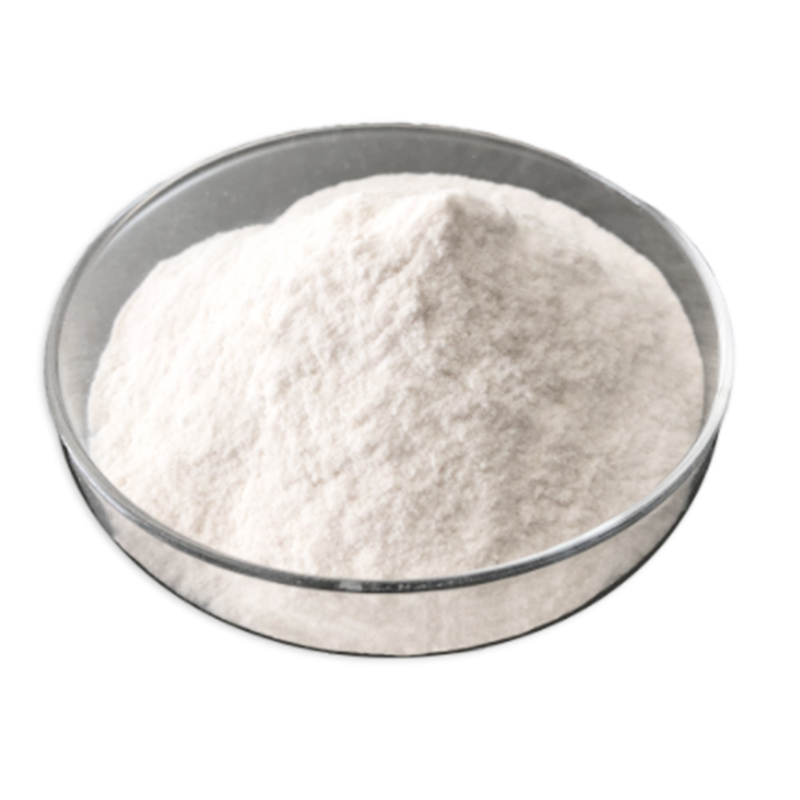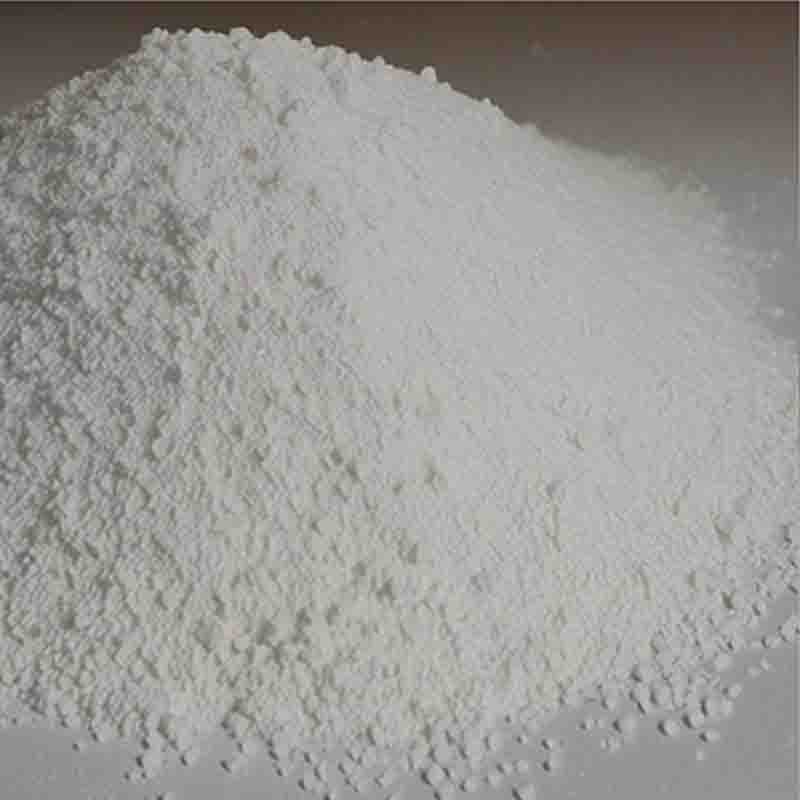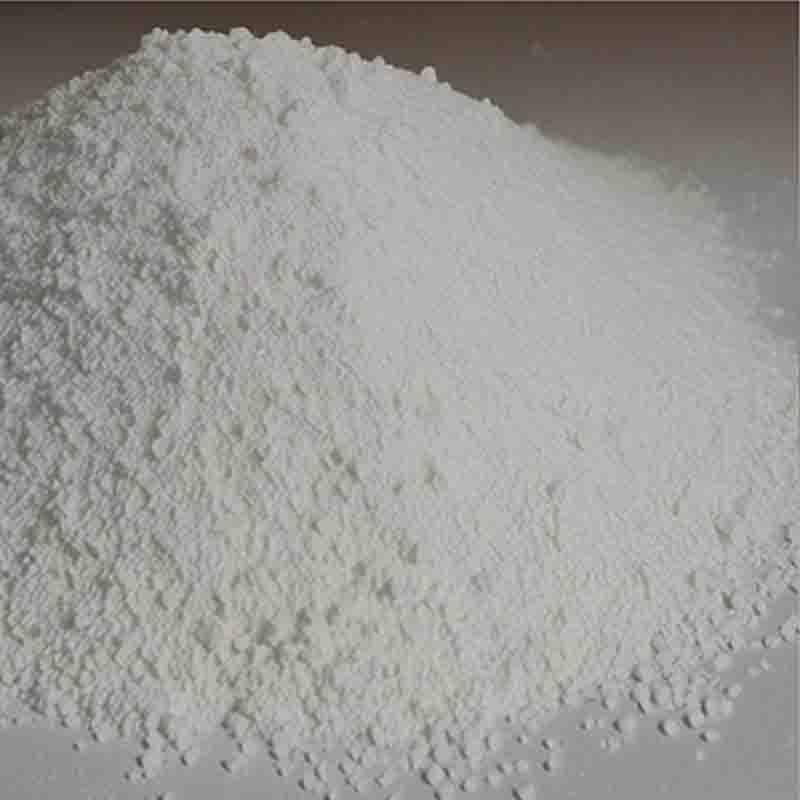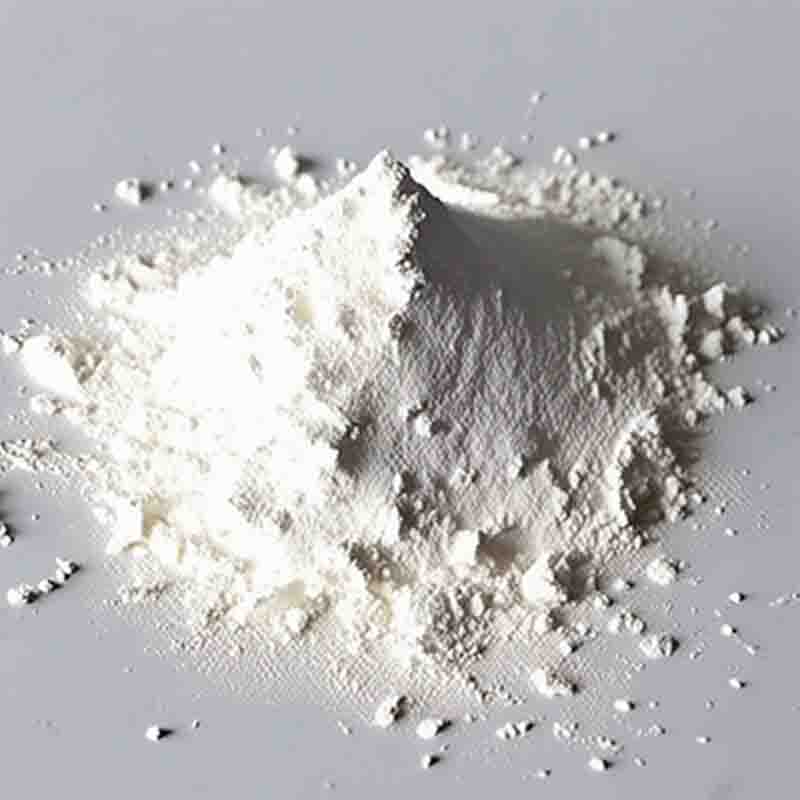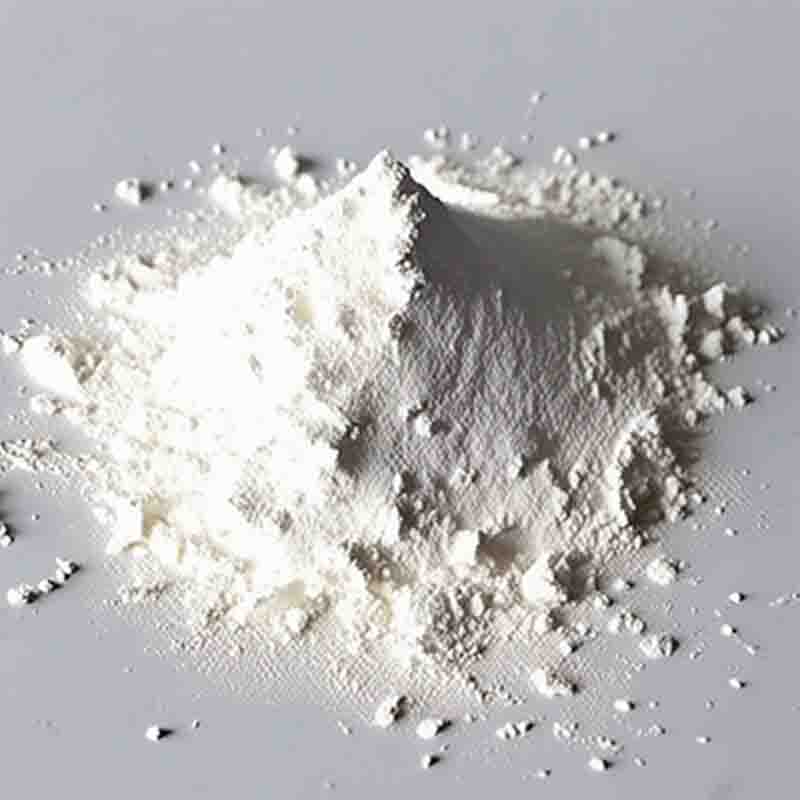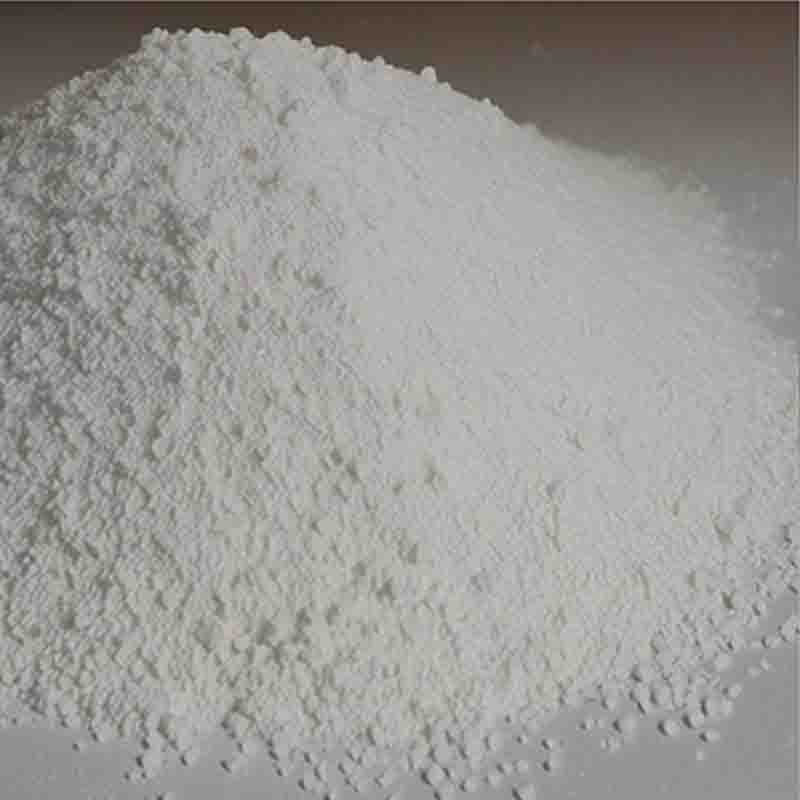((1S,4R)-4-aminocyclopent-2-enyl)methanol D-tartrate CAS: 229177-52-0
| Catalog Number | XD94104 |
| Product Name | ((1S,4R)-4-aminocyclopent-2-enyl)methanol D-tartrate |
| CAS | 229177-52-0 |
| Molecular Formula | C10H17NO7 |
| Molecular Weight | 263.25 |
| Storage Details | Ambient |
Product Specification
| Appearance | White powder |
| Assay | 99% min |
((1S,4R)-4-aminocyclopent-2-enyl)methanol D-tartrate, also known as D-tartrate salt of (1S,4R)-4-aminocyclopent-2-enyl)methanol, is a specific form of the compound with distinct properties and uses. It is a chiral compound derived from (1S,4R)-4-aminocyclopent-2-enyl)methanol and tartaric acid. The D-tartrate form is typically used for various medicinal and pharmaceutical applications.One of the key applications of ((1S,4R)-4-aminocyclopent-2-enyl)methanol D-tartrate is its use in the development of pharmaceutical drugs. Due to its chiral nature, the D-tartrate salt enables the isolation of an enantiomerically pure form of the compound. Enantiopure drugs often exhibit improved pharmacological properties, including enhanced efficacy and reduced side effects. Therefore, ((1S,4R)-4-aminocyclopent-2-enyl)methanol D-tartrate can be a valuable starting material for the synthesis of chiral drugs.Furthermore, ((1S,4R)-4-aminocyclopent-2-enyl)methanol D-tartrate can also be used as an intermediate in the synthesis of other important organic compounds. Its unique structure allows for the introduction of additional functional groups, which can be crucial for modifying the therapeutic effects or pharmacokinetic properties of a molecule. By using ((1S,4R)-4-aminocyclopent-2-enyl)methanol D-tartrate as a starting material, chemists can access diverse chemical space and potentially discover new drug candidates.Another potential application lies in the field of chemical and biochemical research. ((1S,4R)-4-aminocyclopent-2-enyl)methanol D-tartrate can serve as a useful tool to investigate biological mechanisms and interactions. Scientists can study the compound's effects on specific enzymes, receptors, or pathways, providing valuable insights into the underlying processes. This can contribute to the development of new therapeutic strategies or the understanding of biological systems.It is important to note that the specific use of ((1S,4R)-4-aminocyclopent-2-enyl)methanol D-tartrate may vary depending on the researcher or pharmaceutical company. However, its chiral nature, versatile reactivity, and potential for the synthesis of chiral drugs make it a valuable compound in the pharmaceutical industry and chemical research. With further exploration and development, ((1S,4R)-4-aminocyclopent-2-enyl)methanol D-tartrate holds promise for the discovery of new therapeutic agents and advancements in the field of medicinal chemistry.




